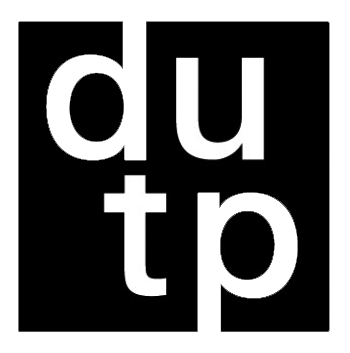Territorial Growth and Current state of planning in the northwest corridor
The case of Funes and Roldán
DOI:
https://doi.org/10.5821/siiu.12813Abstract
In the last two decades, the towns of Funes and Roldán were the ones with the greatest demographic and construction growth in the Rosario Metropolitan Area, consolidating the northwest residential-garden axis. The process consumed much of the rural land for the urban and suburban land market. The weekend housing lots were transformed into permanent housing, incorporating new typologies, usually with incomplete infrastructure and services, but with larger dimensions, level of security and landscape value.
The cities do not have a territorial strategy at the metropolitan level since they did not participate in the "26 Local Strategies Program, a Metropolitan Plan", having weak local regulations that favor developers.
The article analyzes the diffuse urbanization process (population and urban plan) and the state of regulation, describing the guidelines of general and particular instruments, in order to consider elements for a more balanced and sustainable future planning.
Downloads
Published
Issue
Section
License
Copyright (c) 2024 Creative Commons

This work is licensed under a Creative Commons Attribution-NonCommercial-ShareAlike 4.0 International License.
Aquellos autores/as que tengan publicaciones con esta revista, aceptan los términos siguientes:
- Los autores/as conservarán sus derechos de autor y garantizarán a la revista el derecho de primera publicación de su obra, el cuál estará simultáneamente sujeto a la Licencia de reconocimiento de Creative Commons CC BY-NC-ND- 4.0 que permite a terceros compartir la obra siempre que se indique su autor y su primera publicación esta revista, pero no se pueden cambiar ni se pueden utilizar comercialmente.
- Los autores/as podrán adoptar otros acuerdos de licencia no exclusiva de distribución de la versión de la obra publicada (p. ej.: depositarla en un archivo telemático institucional o publicarla en un volumen monográfico) siempre que se indique la publicación inicial en esta revista.
- Se permite y recomienda a los autores/as difundir su obra a través de Internet (p. ej.: en archivos telemáticos institucionales o en su página web) antes y durante el proceso de envío, lo cual puede producir intercambios interesantes y aumentar las citas de la obra publicada. (Véase El efecto del acceso abierto).











